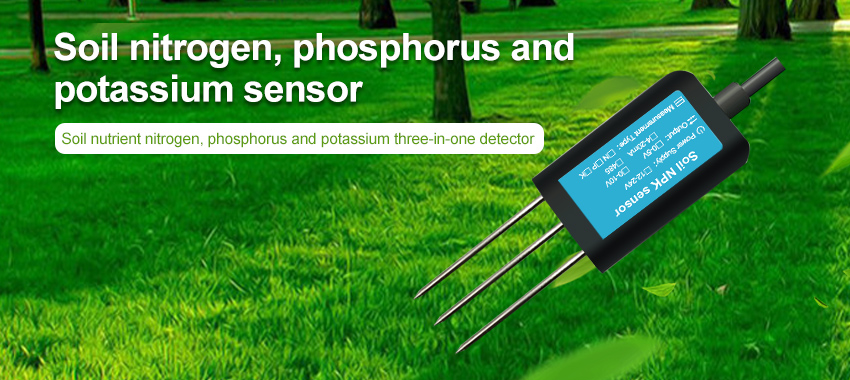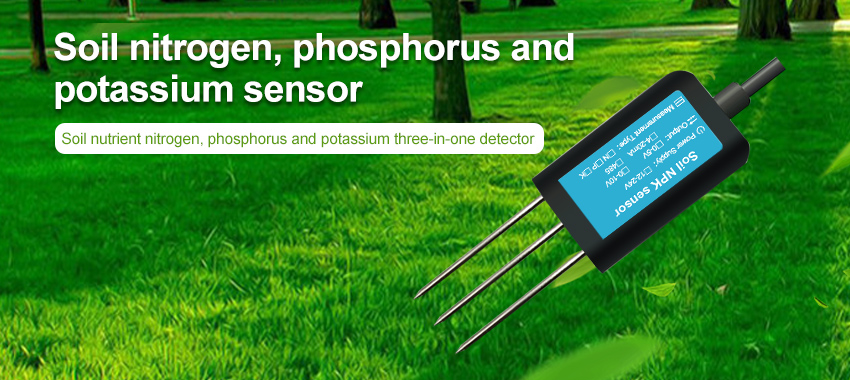Soil health plays a vital role in sustainable agriculture. Healthy soil provides the foundation for robust plant growth, nutrient availability, water retention, and carbon sequestration. However, traditional methods of assessing soil health have often been time-consuming, labor-intensive, and subjective. With the advent of advanced sensor systems, farmers now have access to real-time, accurate, and objective data on soil conditions, allowing them to monitor and manage soil health more effectively. In this article, we will explore the significance of advanced sensor systems in monitoring soil health and their role in achieving sustainable agriculture practices.
The Importance of Soil Health:
Soil health is a measure of the physical, chemical, and biological properties of soil that determine its ability to support plant growth and sustain ecosystem functions. Healthy soil provides numerous benefits, such as:

a) Nutrient Cycling: Healthy soil contains an abundance of organic matter and beneficial microorganisms, which break down organic materials and release nutrients for plant uptake. This nutrient cycling ensures optimal nutrient availability for plants, reducing the need for synthetic fertilizers and minimizing nutrient runoff.
b) Water Retention: Soil with good structure and organic matter content has excellent water-holding capacity. It can retain water during periods of drought and slowly release it to plant roots, reducing irrigation needs and improving water use efficiency.
c) Carbon Sequestration: Healthy soil plays a crucial role in carbon sequestration. It acts as a sink for atmospheric carbon dioxide, storing carbon in the form of organic matter. This helps mitigate climate change by reducing greenhouse gas emissions and enhancing carbon storage in agricultural lands.
d) Disease Suppression: Soil rich in beneficial microorganisms and diverse microbial communities can suppress plant diseases. These microorganisms compete with pathogens, produce antimicrobial compounds, and enhance plant defense mechanisms, reducing the need for chemical pesticides.
Advanced Sensor Systems for Monitoring Soil Health:
a) Soil Moisture Sensors: Soil moisture sensors measure the amount of water present in the soil, providing insights into irrigation requirements and water availability for plants. These sensors can be integrated into irrigation systems, allowing farmers to apply water precisely where and when it is needed, optimizing water use efficiency.
b) Soil Temperature Sensors: Soil temperature sensors monitor soil temperature at different depths. They help farmers understand the impact of temperature on seed germination, microbial activity, nutrient availability, and plant growth. This information is valuable for making informed decisions about planting schedules and crop management practices.
c) Soil pH Sensors: Soil pH sensors measure the acidity or alkalinity of the soil. Different crops have specific pH requirements for optimum growth. Monitoring soil pH helps farmers adjust soil amendments and lime applications accordingly, ensuring that plants can access essential nutrients effectively.
d) Soil Nutrient Sensors: Soil nutrient sensors provide real-time data on nutrient concentrations in the soil. These sensors measure the levels of key nutrients such as nitrogen, phosphorus, and potassium, allowing farmers to optimize their fertilization strategies and tailor nutrient applications based on crop needs. This reduces nutrient losses through leaching and improves nutrient use efficiency.
e) Soil Organic Matter Sensors: Advanced sensor systems can also measure soil organic matter content. Soil organic matter is a key indicator of soil health, as it influences nutrient availability, water-holding capacity, and microbial activity. Monitoring organic matter levels helps farmers assess the effectiveness of soil management practices and make adjustments to improve soil health.
Benefits of Advanced Sensor Systems in Achieving Sustainable Agriculture:
The integration of advanced sensor systems into agricultural practices offers several benefits for achieving sustainable agriculture:
a) Efficient Resource Management: Advanced sensor systems provide farmers with precise and real-time data on soil conditions. This information allows for the optimization of resource management, including water, fertilizer, and pesticide use. By using sensor data to guide decision-making, farmers can reduce resource wastage, minimize environmental impacts, and improve farm profitability.
b) Improved Crop Productivity: Monitoring soil health with advanced sensor systems enables farmers to identify potential issues before they impact crop productivity. For example, by detecting early signs of nutrient deficiencies or imbalances, farmers can adjust fertilization practices promptly, ensuring optimal plant growth and maximizing yields.
c) Reduced Environmental Impact: Sustainable agriculture aims to minimize the negative environmenta






